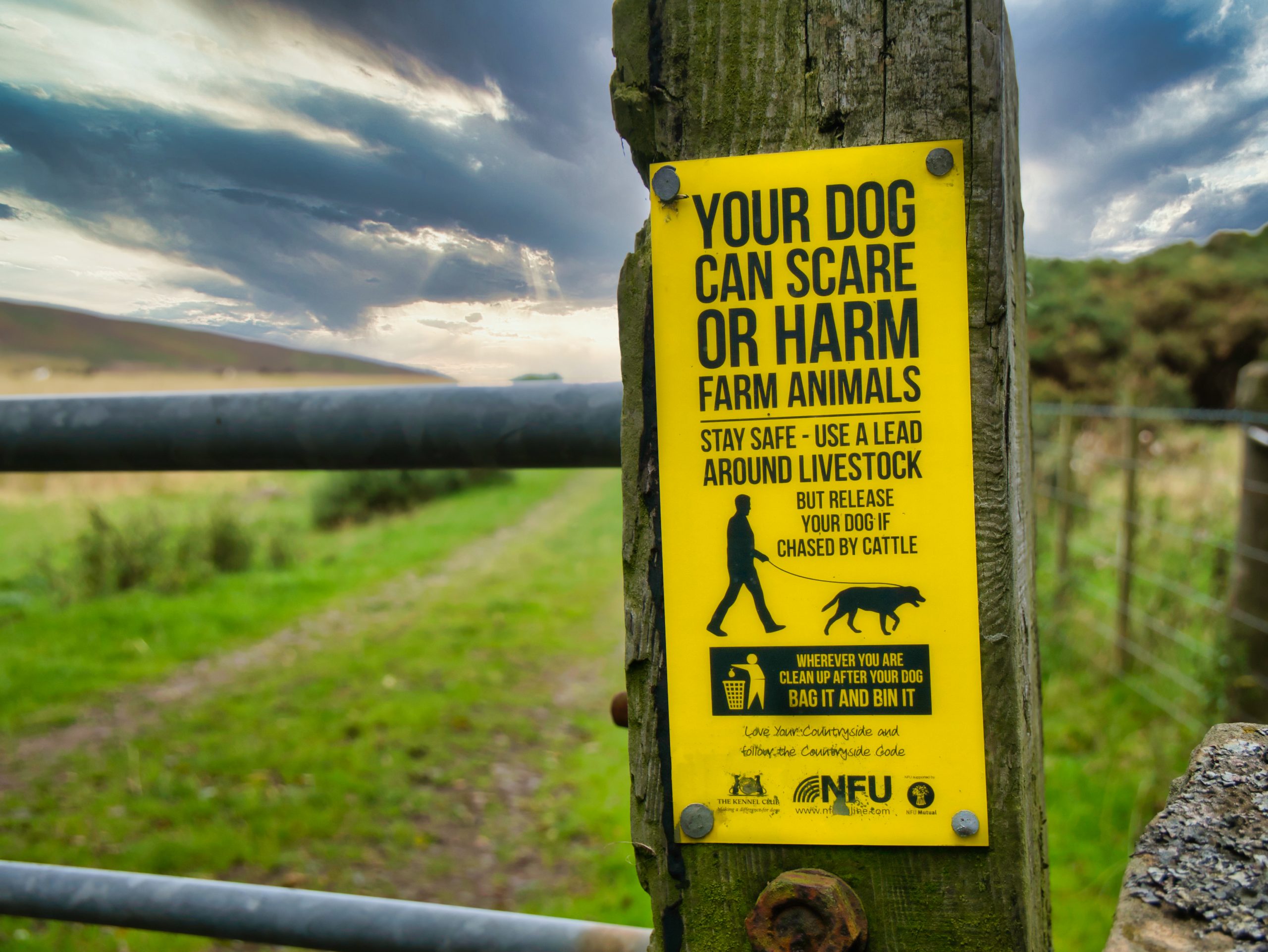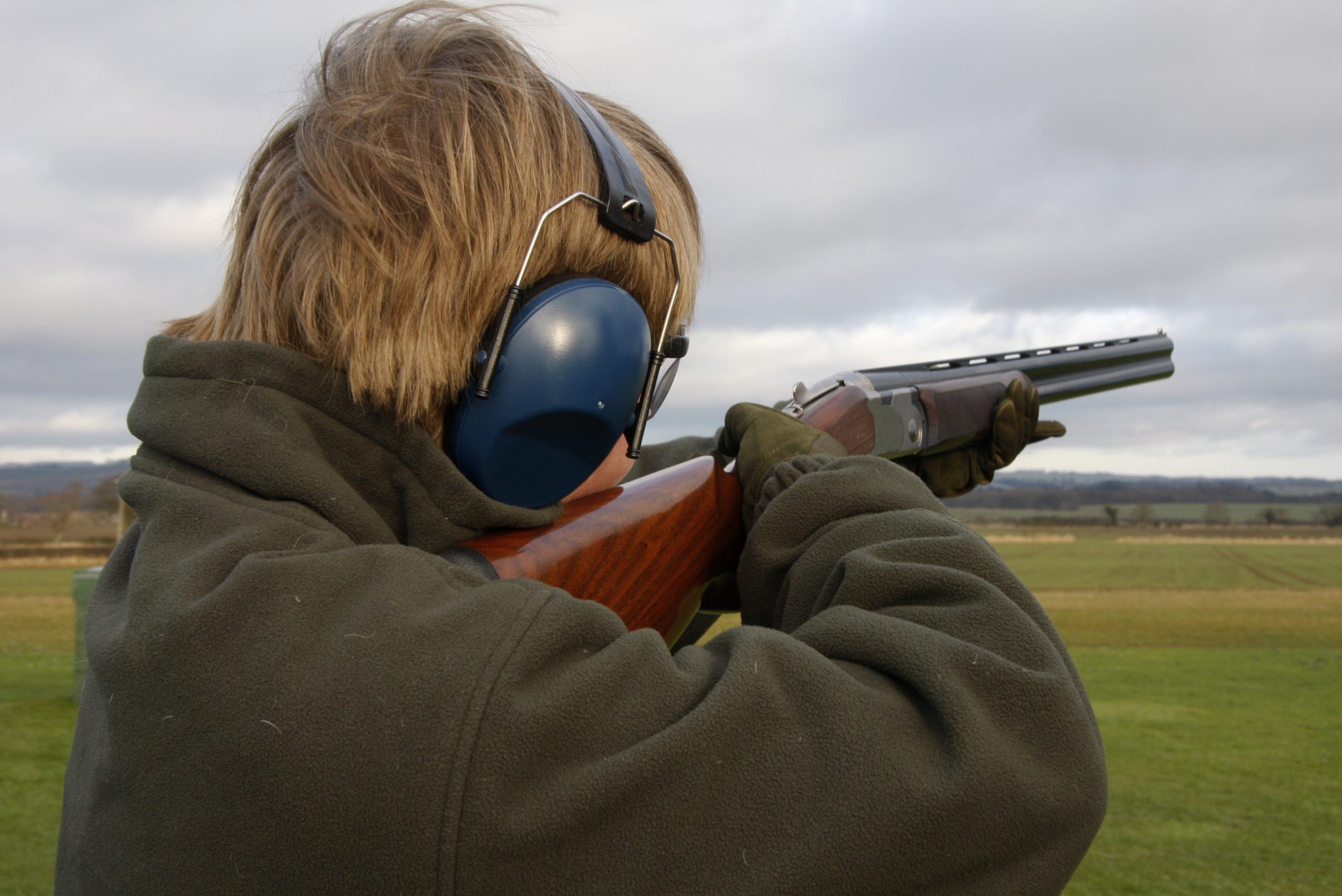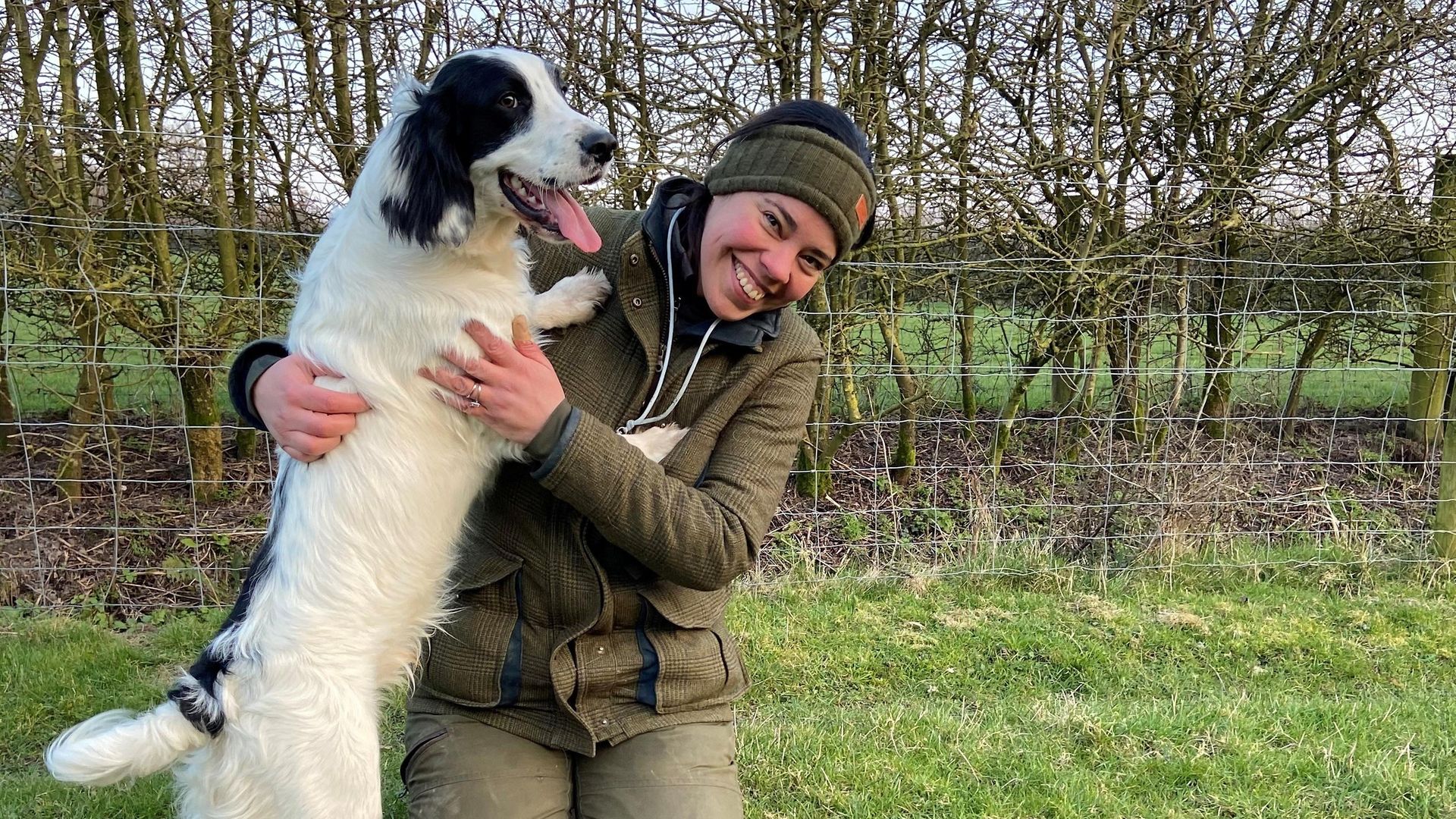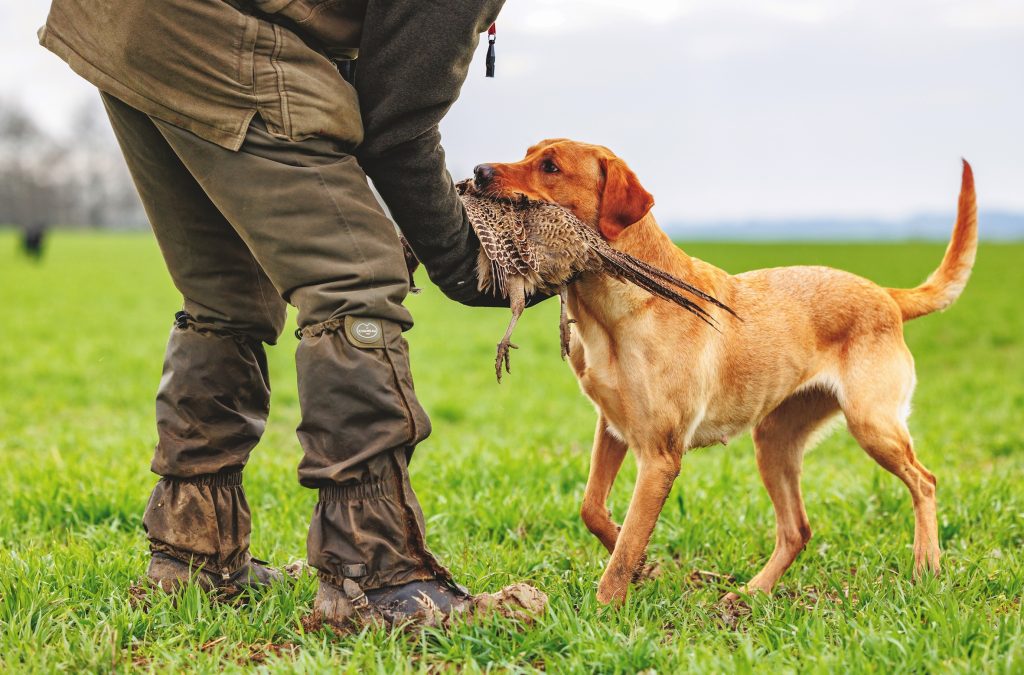Regulating the countryside: fact over emotion
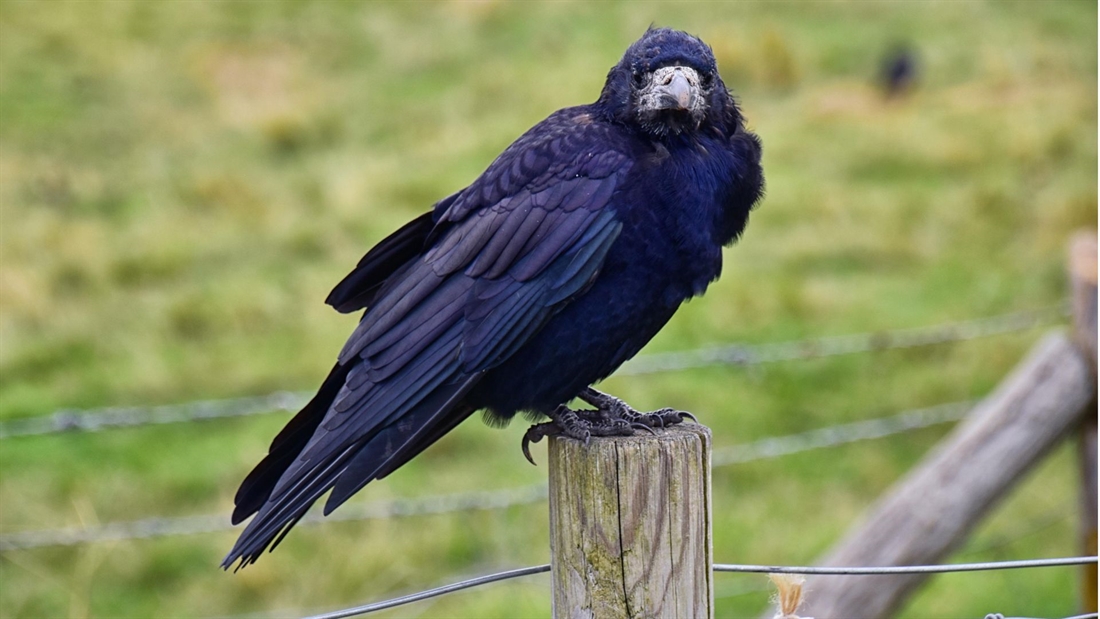
BASC’s new environmental lawyer, Dr Marnie Lovejoy, investigates the political agendas and impact of misinformation that make shooting an easy target for micro-regulation.
Every year, shooting providers invest an estimated 3.9 million workdays in conservation projects. People with an interest in shooting have managed the British landscape for centuries. We have created, managed and protected habitats that generations later have been deemed worthy of environmental protection. We are an army of experienced volunteers working on the ground to mitigate biodiversity loss. But when it comes to new environmental laws, guidance and policies, we are at best ignored and at worst targeted with arbitrary restrictions to our activities and our way of life.
Why is shooting getting a raw deal?
Firstly, there are legal issues with the design and application of relevant EU laws and guidance, that, despite Brexit, continue to provide the bedrock of our environmental laws.
Secondly, the shooting community faces unjustified regulatory bias for a myriad of reasons. For example, regulators make decisions on ‘emotive’ grounds and are risk adverse when it comes to shooting activities because of the perceived threat of legal challenges. Then there is the influence of relentless social media campaigns and the tabloid press which in turn creates political pressure for quick populist wins.
The ‘realpoltik’ that BASC and the other shooting organisations face is that decisions are often not made objectively and there is a lack of political appetite to tackle the real environmental issues with decisions that will impact on the lives of everyone in society. The outcome of the recent COP26 conference is a case in point.
What are the legal Issues?
Our environmental laws rely on fuzzy principles and vague legal terms, which means that regulators applying the rules have near infinite discretion on decision making with little accountability to justify their actions. This has led to a micro-regulation of shooting activities that is completely disproportionate to the potential environmental harm these activities pose even in their worst-case scenarios.
This goes so far that, ironically, many of the recent restrictions of shooting activities pose a greater environmental risk than they address. For example, the curlew, a red-listed species, is in decline and increased pressures from generalist predators, such as corvids, is a proven major factor in the bird’s demise.
Nevertheless, Defra decided to stop allowing the control of rooks in England on the general licence for conservation purposes even though it is a green-listed species. In other words, the regulator prefers that curlew eggs are being devoured by a rook than allowing landowners the legal ability to prevent nest attacks before they happen or to act immediately to shoot or trap rooks as problems arise. This is an absurd outcome based on an unduly restrictive interpretation of our conservation laws.
Similarly, prescribed burning of heather on our moorlands faces more and more restrictions because it has a minor, and potentially short-term, effect on the hydrology of deep peat and a minor impact on greenhouse gas emissions. Relevant authorities miss, however, that such restrictions could increase the wildfire risk and fuel loads on our blanket bogs, as well as risk increasing methane gas emissions from alternative vegetation management. These consequences are likely to pose a far greater environmental risk than prescribed burning in the first place.
What is regulatory bias?
The restrictive interpretation of the law in relation to shooting activities is also influenced by an unjustified bias against shooting. We have to bear in mind that a large part of the population (including the civil service and politicians) do not work or carry out land or wildlife management in the countryside. For many people, meat is simply delivered to their doorstep in a neat plastic wrapper. The fact that an animal has been reared and killed for this convenience is a far-removed thought. It is not surprising that this leads to a suspicion against people that shoot wild animals.
British society is easily influenced by misinformation being spread against the shooting community under the guise of environmentalism. And it seems that even regulators succumb to such unjustified bias. Furthermore, their fear of being subject to legal challenges by judicial activists means that they readily micro-regulate shooting rather than tackling urgent and important environmental matters.
For instance, the RSPB issued a stark warning about the detrimental impact of the increased participation in watersports on the welfare of our waterbirds. This is also regularly mentioned in Site Improvement Plans of our protected sites. There is, however, no regulatory desire to enforce environmental laws against such socially accepted recreational activities. Shooting is an easy target, even though the environmental impact of shooting is dwarfed by other recreational activities.
What is the way forward?
We need law and policy reform to make our environmental laws fit for purpose. The legislation should focus on activities that pose the highest environmental threat, not those that are the most convenient to be regulated.
We also need to reach out and showcase our conservation work to the people not exposed to the countryside so that they understand what we are doing and why we are doing it.

